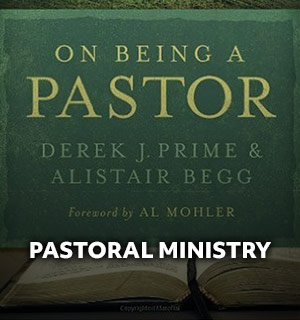Through a partnership with Passion, Lifeway is supporting the global movement working to fight modern-day slavery. END IT merchandise is available for purchase here.
By Helen Gibson
On Thursday, Feb. 7, people from around the world will draw bold red X marks on their hands to bring attention to a global issue that still remains unfamiliar to many—modern-day slavery.
Together, they’ll be participating in the annual Shine a Light on Slavery Day, sponsored by anti-slavery organization the END IT Movement.
In light of this, we’ve put together a list of key facts and statistics that illuminate the reality of modern-day slavery.
For starters, what is modern slavery?
The International Labour Organization, an agency of the United Nations, released a report in 2017 that provides global estimates of modern slavery. As a part of this report, the ILO described modern slavery as an umbrella term for issues including forced labor, debt bondage, forced marriage, other slavery and slavery-like practices, and human trafficking.
“Essentially, it refers to situations of exploitation that a person cannot refuse or leave because of threats, violence, coercion, deception, and/or abuse of power,” the authors of the report wrote.
Over 40 million people are affected
Worldwide, 40.3 million people were victims of modern-slavery in 2016, the most recent year for which such data is available, according to the ILO report.
The prevalence of modern slavery
Another way to begin to understand the size and the scope of an issue like this is to look at its prevalence.
For example, for every 1,000 people in 2016, there were approximately 5.4 people worldwide who were victims of modern slavery, according to the ILO. Among adults, 5.9 of every 1,000 adults were victims of modern slavery, while the same could be said of 4.4 of every 1,000 children, according to the ILO.
The breakdown between forced labor and forced marriage
In their 2017 report, the ILO measures two different kinds of slavery — forced marriage and forced labor. They break down the total number of slaves (40.3 million) into these two categories, estimating that 24.9 million people around the world are trapped in forced labor, while 15.4 percent are in forced marriages.
Over a span of five years, numbers of those affected by slavery are even higher
In the five years prior to the ILO’s 2017 report, a grand total of 89 million people experienced some form of modern slavery, they claim. Of those 89 million, victims could have been trapped in slavery for anywhere from a few days to the whole five-year period.
Women are disproportionately affected by modern slavery
Women and girls are overwhelmingly more likely to be affected by modern slavery. The ILO reports that 71 percent of modern-day slaves are female. The remaining 29 percent are male.
One in four victims of modern slavery is a child
According to the ILO report, children account for:
- 37 percent of those in forced marriages,
- 21 percent of those in commercial sexual exploitation,
- 18 percent of those in forced labor exploitation,
- 7 percent of those forced to work by governments.
What causes modern slavery?
The Global Slavery Index, published by the Walk Free Foundation, lists two major drivers of slavery on its website: highly repressive regimes and conflict situations. Bearing this in mind gives us an interesting lens when looking at the countries where slavery occurs the most.
Where does modern slavery happen?
With one in 10 people affected, North Korea is the nation with the highest prevalence of modern slavery, according to estimates from the Global Slavery Index. A majority of these slaves are forced into work by the government, the Global Slavery Index reports, stating “violations of human rights in North Korea are not mere excesses of the state, they are an essential component of the political system.”
North Korea is followed by Eritrea, Burundi, the Central African Republic, Afghanistan, Mauritania, South Sudan, Pakistan, Cambodia, and Iran.
“Most of these countries are marked by conflict, with breakdowns in rule of law, displacement and a lack of physical security,” the Global Slavery Index website reads.
It’s important to note that countries like the United States aren’t immune to modern slavery, though. In fact, in 2018 the Global Slavery Index found that “even in countries with seemingly strong laws and systems, there are critical gaps in protections for groups such as irregular migrants, the homeless, workers in the shadow or gig economy, and certain minorities.”
OK, I know the facts. Now what?
While statistics can be helpful in understanding the gravity of a problem like this, it’s important to note that these numbers might not fully capture the reality of modern slavery, as it often exists as a hidden and hard-to-quantify crime, as this analysis from the Washington Post suggests.
Still, statistics such as these can be helpful in giving us a better idea of the scope of modern slavery around the world.
Visit the END IT Movement’s website to learn more about the organization and their annual Shine a Light on Slavery Day. You can also consider supporting one of END IT Movement’s partners—including A21, International Justice Mission, World Vision, and more—as these organizations fight modern slavery and human trafficking around the world.
After all, IJM President Gary Haugen has famously said that merely being informed about this issue isn’t enough.
“Nothing happens just because we are aware of modern-day slavery, but nothing will ever happen until we are.”
Helen Gibson
Helen is a freelance writer in Nashville, Tennessee.









